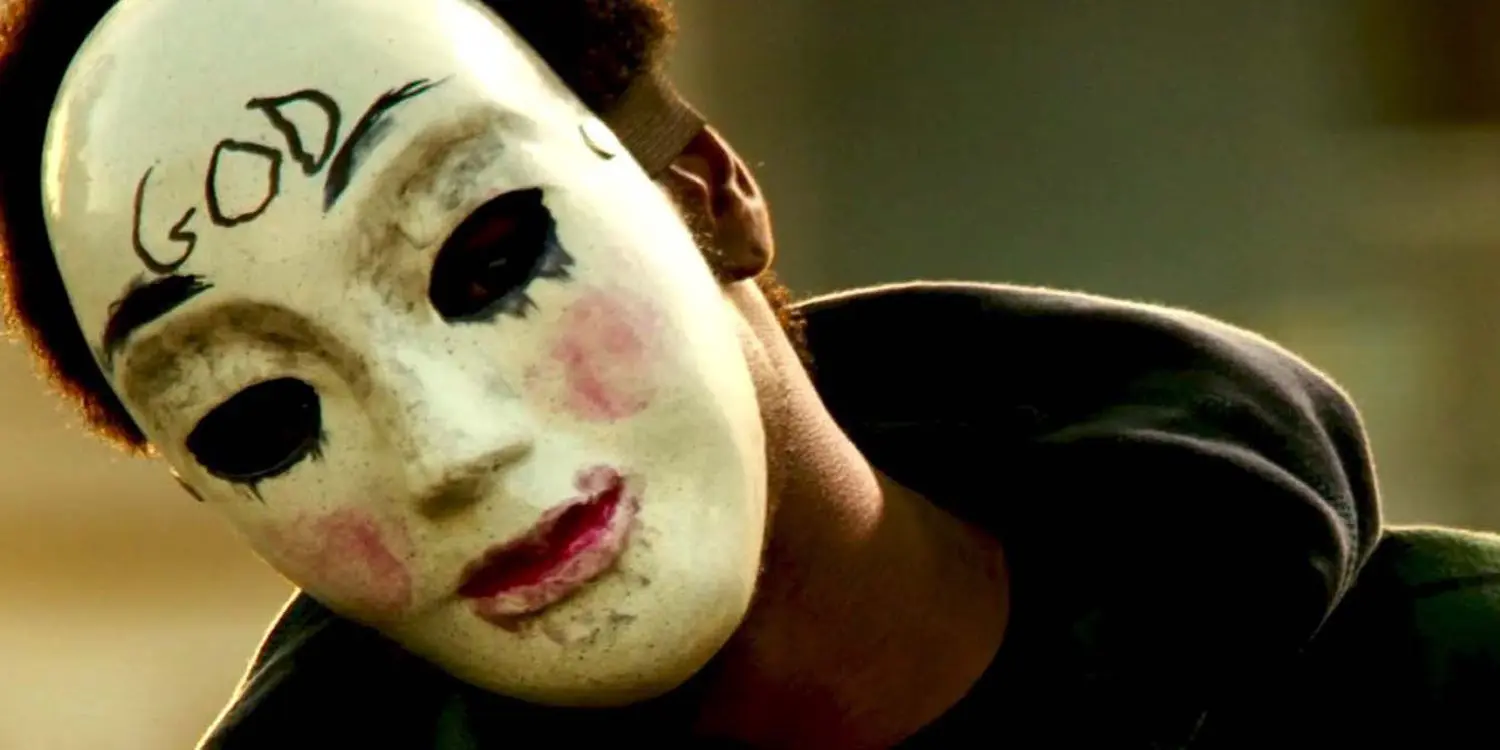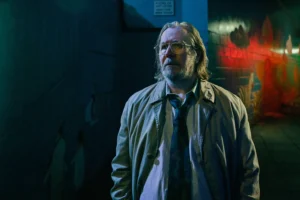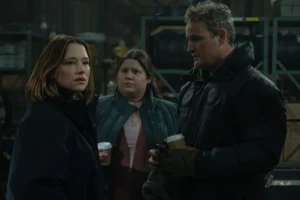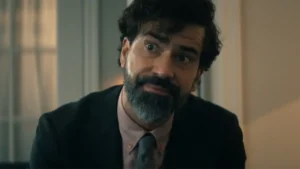Summary
The Purge: Anarchy is the rare sequel that improves on its predecessor in almost every way, avoiding all of the terrible decisions made by the first film and delivering a fresher, more exciting and interesting experience.
I really didn’t like The Purge. Of course, the film was simply bad on its own terms, wedged within the confines of a generic home-invasion flick and stuffed to the edges with derivative screenwriting and dumb, badly-written characters. But what made it one of the most frustrating films in recent years was how it chose to completely squander a fascinating dystopian hook on what was little more than a hackneyed send-up of Strangers and countless other films exactly like it.
Surprisingly then, The Purge: Anarchy is pretty good – or at the very least better than its predecessor in a number of important ways. Writer/director James DeMonaco took the sequel in the smartest possible direction: as far away from the original as possible. Despite retaining the same basic premise, pretty much everything else from the first film has been stripped away or completely changed, including the genre. This is no longer a horror film, nor is it trying to be. Instead, we have a dark and violent action thriller, as Frank Grillo leads a mismatched group of four ordinary people along his personal walking tour of revenge.
That premise, for the benefit of those who have forgotten or haven’t seen the first film, is that in the near-future America’s government has been supplanted by a nebulous power structure known as the New Founding Fathers, which keeps the people of the United States existing happily in an almost crime-free utopia by staging an annual twelve-hour event known as The Purge. The purpose of this half-day period is to serve as a societal pressure valve; suspending all laws and emergency services so that the American people can run amok in a murderous frenzy without fear of legal reprisal.
And of course, murder is just about the only illegal activity anyone seems to be interested in. Like the first film, Anarchy is broadcasting a non-too-subtle socio-political message and elects not to waste time with anything that doesn’t overtly communicate its prevalent themes of class disparity and rigged economics. There’s a heavy implication that The Purge’s secondary purpose is population control, and as the elitist upper class can afford advanced security systems and their own personal heavily-armed strike teams, this manifests itself as the downtrodden working-class populace indiscriminately wiping each other out.
Unlike the first film, Anarchy is able to present this more organically. While the original was forced to awkwardly deliver its message directly into the camera, what we have here is Grillo’s mission to avenge the death of his young son functioning as an excuse for a gallery of interesting, bite-sized scenarios as he makes his way from one side of the city to the other.
The social commentary is still a little overstated, but it’s far more palatable and engaging over such a vastly wider canvass. That isn’t to say the film is entirely free of a distinct B-movie feel, and it doesn’t quite shake off its exploitation roots or deliver enough conviction behind its politically subversive ideas to qualify as a full-blown polemic.
At this point, though, I’ll take anything I can get, and The Purge: Anarchy is one of those rare sequels which improve on their predecessors in every conceivable way. There’s still a huge amount of untapped potential in the premise, and any future instalments will require significant creative risk-taking to truly do it justice, but after the terrible first effort, this is a pleasantly encouraging surprise.




